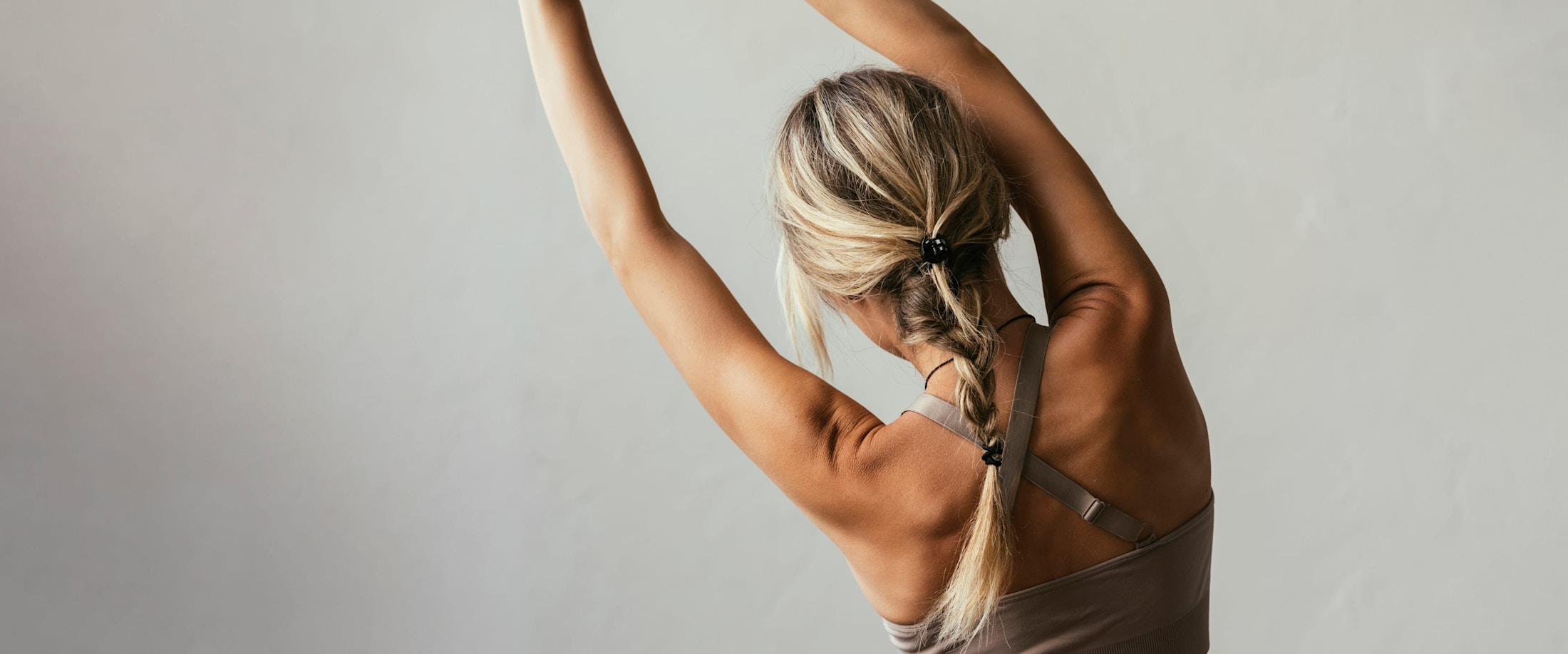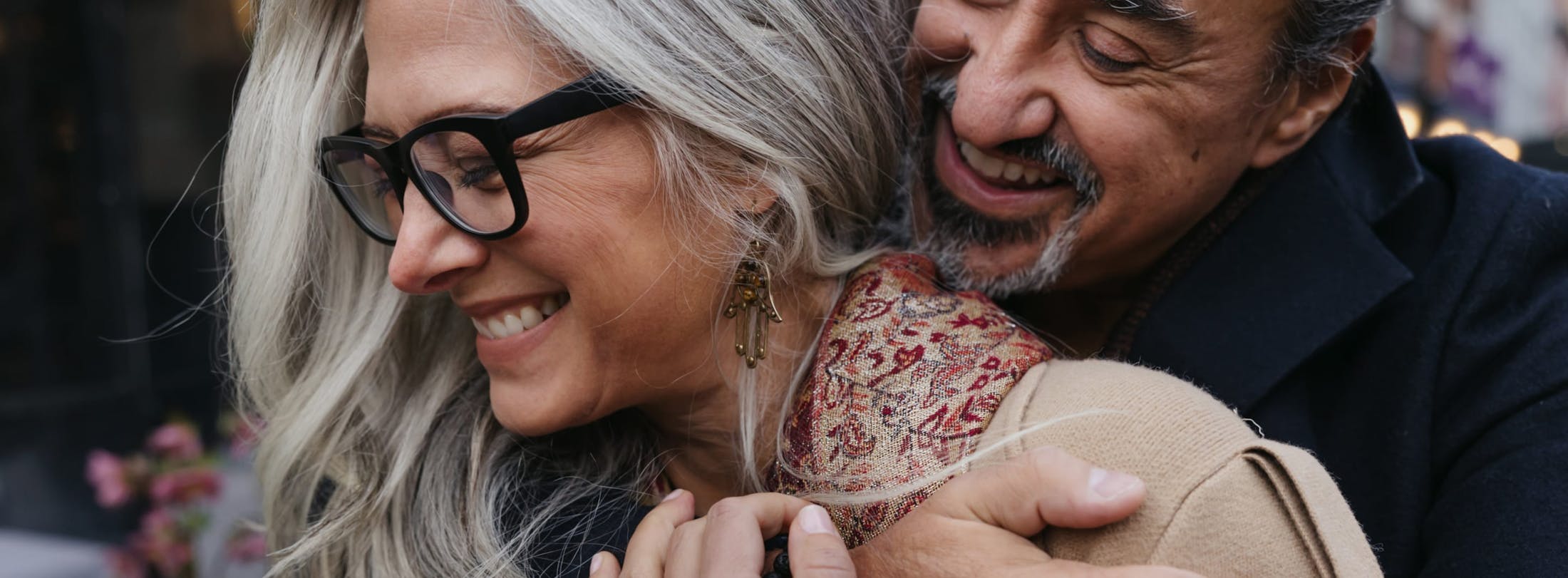Step confidently into the life you love. Our expert foot surgeons offer advanced care that restores comfort, mobility, and long-term relief.
Understanding the Foot: Strength in Structure
Your foot is a biomechanical marvel—built to move you through life with strength and precision. With 26 bones, over 100 muscles, tendons, and ligaments, and more than 30 joints, it’s organized into three main sections:
- Forefoot: The toes and metatarsals.
- Midfoot: The arch, supported by intricate ligaments.
- Hindfoot: The heel and ankle.
This structure absorbs shock, propels you forward, and adjusts effortlessly to every step you take—even on uneven ground. New York Sports & Joints honors that complexity with expert, targeted care.






